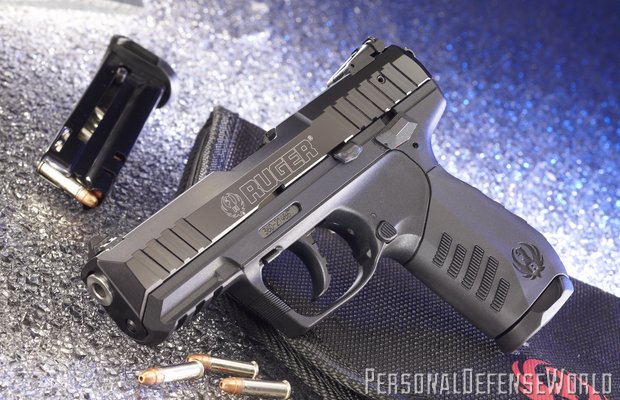Back in 2007, the radical-for-Ruger SR9 marked a milestone for the company that had deliberately chosen for many years not to participate in the concealed carry marketplace, aside from offering the SP101 short-barreled, double-action snubbies in .38 Special and .357 Magnum calibers. Initial entries into the centerfire pistol arena with the P-Series, beginning in 1985, were relatively large and bulky guns better suited to duty and open-carry belt use than concealment. The slightly smaller and more refined-looking P93 and P94 designs in the early 1990s took the envelope down a notch but were still thick in their top portions—they just weren’t quite “there” yet.
The SR9, however, was substantially more svelte, and very much “there” as far as a trim, high-capacity 9mm concealed carry pistol goes. And, go it did—so much so that the SR40 inevitably followed, along with compact versions of both pistols. Ruger is now aggressively chasing the CCW crowd, and it offers several models and configurations for those looking at a new, downsized handgun for defensive applications. This includes the latest in the SR series—the SR22.
Defensive .22
Advertisement — Continue Reading Below
First off, I would never recommend the .22 rimfire round as a first choice in defensive artillery. One-shot stops are almost as rare as hens with teeth, and the round isn’t widely regarded as much of a manstopper. But there are three mitigating factors that can work in its favor: a wide range of bullet and velocity choices in the oldest and most highly developed metallic-cartridge caliber on the planet, infinitely more affordable practice rounds than with centerfire calibers, and such mild recoil levels that even those with a low tolerance to it can typically handle the guns chambered for any .22 Long Rifle round.
For more on this pick up the May 2013 issue of Combat Handguns























